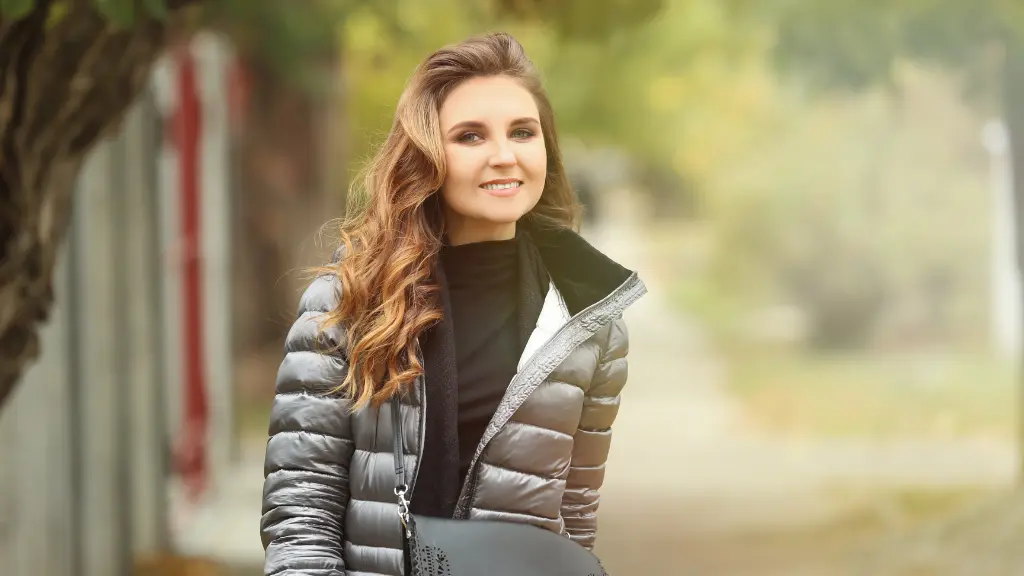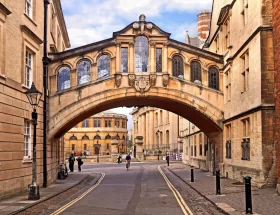Street art and high fashion were once seen as opposites. One was gritty and rebellious, while the other was refined and exclusive. Today, these two worlds have merged, creating a vibrant fusion of creativity and culture.
Designers are taking inspiration from graffiti, murals, and street culture to redefine luxury.
You May Also Like: The Legacy of Polki and Kundan Jewelry: From Royals to Brides
1. The Evolution of Street Art
Street art began as a form of self-expression on urban walls. Graffiti artists used public spaces to tell stories, challenge norms, and make bold statements. Over time, this rebellious art form gained mainstream recognition.
Artists like Banksy and Shepard Fairey brought street art into galleries. Their works bridged the gap between street culture and the art world. Fashion designers took notice, inspired by the raw energy and bold visuals.
2. The Birth of Urban-Inspired Fashion
High fashion started borrowing elements from street art in the late 20th century. Designers were drawn to graffiti’s vibrant colors and edgy designs. By the 2000s, collaborations between luxury brands and street artists became common.
One of the most notable partnerships was between Stephen Sprouse and Louis Vuitton in 2001. Sprouse’s graffiti-inspired designs transformed classic Vuitton bags into edgy fashion statements.
3. Iconic Collaborations Between Art and Fashion
- Jean-Michel Basquiat x Various Designers: Basquiat’s bold, expressive art has been featured in collections by brands like Coach and Supreme.
- Keith Haring x Uniqlo: Haring’s playful, graphic style made its way onto T-shirts and accessories.
- Banksy x Kate Moss: The legendary street artist created a Warhol-style portrait of the supermodel, blending street and pop art.
- Virgil Abloh x Graffiti Culture: The late Louis Vuitton designer infused street art aesthetics into his collections, blending luxury with urban edge.
4. How Street Art Influences Runway Designs
Designers take cues from graffiti’s spontaneity and boldness. They incorporate spray-paint techniques, abstract patterns, and oversized typography into their collections.
The result? Fashion that feels alive and authentic. Runways now showcase clothes that look like canvases, blurring the lines between art and apparel.
5. Streetwear and the Rise of Urban Luxury
The rise of streetwear has played a key role in merging street art with high fashion. Brands like Off-White, Supreme, and Balenciaga brought urban culture to the forefront.
Streetwear celebrates individuality and self-expression. This aligns perfectly with the ethos of street art. Designers often collaborate with graffiti artists to create exclusive, limited-edition pieces.
6. The Role of Technology in the Fusion
Technology has amplified the relationship between street art and fashion. Digital graffiti and augmented reality (AR) art inspire futuristic designs.
Fashion brands use AR to project graffiti-inspired visuals during runway shows. This adds a new dimension to the art-meets-fashion movement.
7. The Cultural Impact
The fusion of street art and fashion represents more than style. It’s a cultural statement. By embracing street art, luxury brands celebrate diversity, creativity, and individuality.
This movement also democratizes fashion. It bridges the gap between high-end luxury and everyday street culture, making art more accessible.
8. Challenges and Criticism
While the fusion is celebrated, it’s not without controversy. Critics argue that luxury brands sometimes exploit street art for profit without acknowledging its roots.
To address this, ethical collaborations are essential. Designers must credit and compensate artists fairly. Respecting the culture behind street art ensures its authenticity in fashion.
9. Street Art Icons Influencing Fashion Today
- JR: Known for his large-scale photo murals, JR’s art inspires oversized prints in fashion.
- Futura 2000: This graffiti pioneer collaborates with brands like Nike, blending urban art with sneakers.
- KAWS: The artist’s playful designs often appear in capsule collections by major fashion labels.
10. The Future of Street Art in Fashion
The relationship between street art and fashion continues to grow. As urban culture evolves, so does its influence on design. Expect to see more collaborations, digital innovations, and bold aesthetics.
Sustainability may also play a bigger role. Upcycled and repurposed materials, inspired by street art’s DIY ethos, could become a major trend.
How to Embrace the Trend
- Invest in statement pieces featuring graffiti-inspired prints.
- Mix urban-inspired accessories with classic wardrobe staples.
- Support ethical collaborations between artists and brands.
A Creative Revolution
Street art and high fashion are redefining each other. Together, they create something fresh, bold, and inspiring. This fusion represents the power of creativity to break boundaries and transform industries.
From walls to runways, the journey of street art is a testament to its enduring impact. It’s more than a trend—it’s a cultural revolution.











